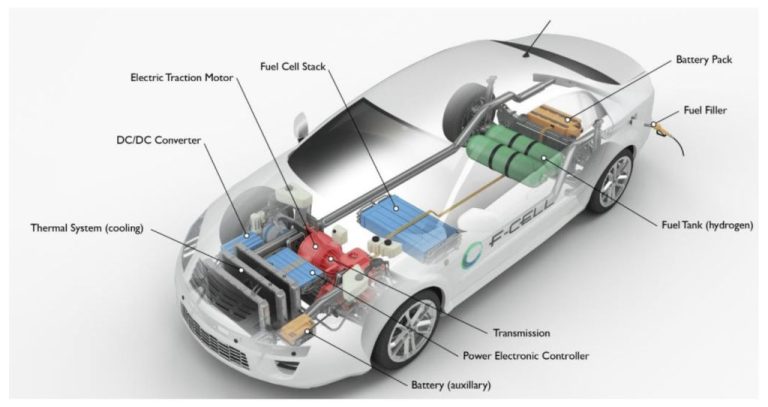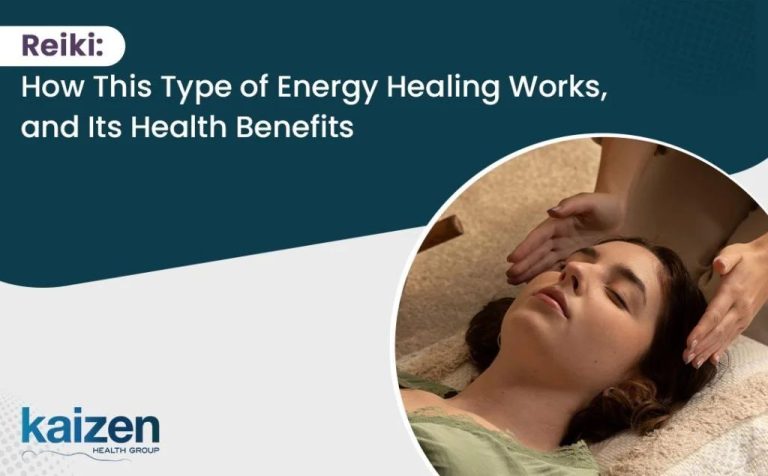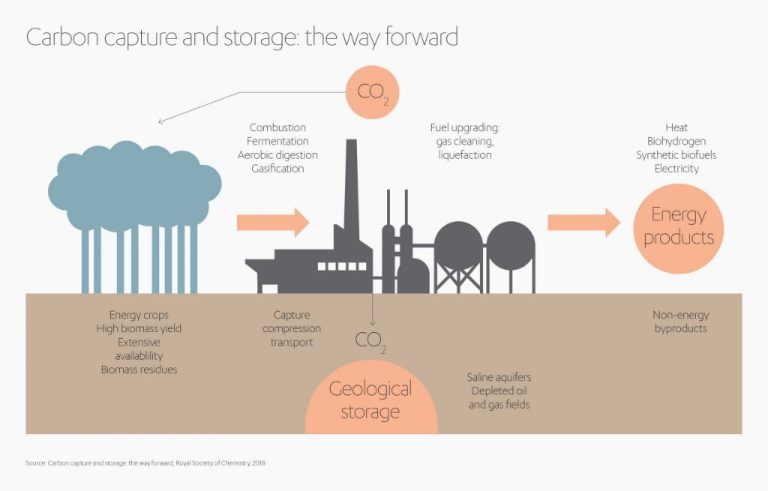What Is An Example Of Chemical To Heat?
Defining Chemical to Heat
Chemical reactions that release energy in the form of heat are called exothermic reactions. The energy released comes from the rearrangement of chemical bonds during the reaction. There are many types of exothermic chemical reactions that convert chemical energy into heat energy.
Some common examples of exothermic reactions that produce heat include:
- Combustion reactions – Burning of fuels like wood, coal, or natural gas
- Oxidation reactions – Rusting of iron or metabolism of food in cells
- Neutralization reactions – Mixing of an acid and a base
- Hydration reactions – Mixing of water and anhydrous salts
In these reactions, energy stored in the chemical bonds is released when the bonds are broken and new bonds are formed. This energy takes the form of heat and raises the temperature of the reacted mixture. The amount of heat produced depends on how exothermic the reaction is.
Combustion Reactions
Combustion reactions involve the rapid oxidation of a fuel by oxygen, resulting in the release of a large amount of heat energy. Some examples of combustion reactions include:
- The burning of wood, coal, natural gas, or other organic fuels
- The burning of a candle wax
- The combustion of gasoline in automobile engines
- The burning of propane or methane in gas grills and stoves
In a combustion reaction, the reactants (fuel and oxygen) are consumed and new products are formed, primarily carbon dioxide and water. For example, the combustion of methane:
CH4 + 2O2 → CO2 + 2H2O + heat
This highly exothermic reaction releases 890 kJ of energy per mole of methane burned. The large amount of heat released is due to the breaking of bonds in the fuel molecules and the formation of new bonds in the product molecules. This heat energy can be harnessed for heating homes, cooking food, generating electricity, powering transportation, and various industrial processes.
Oxidation Reactions
Oxidation is a chemical reaction that involves the loss of electrons. It often produces heat. In an oxidation reaction, a substance gives up electrons to another substance. As electrons are lost, the oxidizing agent gains electrons. This transfer of electrons releases energy in the form of heat.
Some examples of exothermic oxidation reactions that produce heat include:
- Rusting of iron. As iron rusts, the iron atoms give up electrons to oxygen. This produces iron oxide, or rust. The reaction gives off heat.
- Burning of fuels. In combustion reactions, the carbon and hydrogen in fuels react with oxygen, forming carbon dioxide and water. This oxidation process releases a lot of heat, which is why combustion reactions are extremely exothermic.
- Respiration. In the body, glucose and oxygen undergo oxidation reactions during cellular respiration. The energy released allows cells to function and powers living organisms.
These are just a few examples of exothermic oxidation reactions that release energy in the form of heat. The loss of electrons in oxidation transfers energy to the surroundings, heating them up.
Neutralization Reactions
Neutralization reactions occur when an acid reacts with a base to produce water and salt. Acids have an excess of hydrogen ions (H+) while bases have an excess of hydroxide ions (OH-). When the H+ and OH- ions interact, they neutralize each other to form water (H2O). This reaction releases heat energy in the form of heat. Some examples of exothermic neutralization reactions include:
- Hydrochloric acid (HCl) reacting with sodium hydroxide (NaOH) to form sodium chloride (NaCl) and water:
- HCl + NaOH → NaCl + H2O + heat
- Sulfuric acid (H2SO4) reacting with potassium hydroxide (KOH) to form potassium sulfate (K2SO4) and water:
- H2SO4 + 2KOH → K2SO4 + 2H2O + heat
The amount of heat released depends on the strength and concentration of the acids and bases involved. Stronger acids and bases that are more concentrated will produce more heat when neutralized. The rapid heat release makes neutralization reactions highly exothermic and useful for generating thermal energy in various applications.
Hydration Reactions
Hydration reactions are a type of chemical reaction where water molecules are added to another compound, resulting in the release of energy in the form of heat. The water bonds with the molecules of the other compound, forming new chemical products. This bonding process releases energy, making hydration reactions exothermic.
Some examples of exothermic hydration reactions include:
- The hydration of anhydrous copper sulfate to form blue copper sulfate pentahydrate. Water molecules attach to the copper sulfate, releasing heat.
- The hydration of calcium oxide to form calcium hydroxide. Calcium oxide is commonly known as quicklime and reacts vigorously when water is added.
- The hydration of Portland cement during the setting and hardening process. Cement is mixed with water to form concrete, which hardens as hydration reactions take place.
In all of these examples, the energy released in the form of heat when water bonds with the anhydrous compounds drives the hydration reactions forward. Many hydration reactions like these are harnessed for useful applications that take advantage of the heat produced.
Hydrolysis Reactions
Hydrolysis reactions involve the breaking of chemical bonds through the addition of water. Water molecules react with other compounds, splitting them into two parts. Many hydrolysis reactions are exothermic, meaning they release heat energy. Common examples of exothermic hydrolysis reactions include:
Saccharification of starch
Starch is a polysaccharide made up of glucose monomers bonded together. When starch is hydrolyzed by water, the glycosidic bonds between glucose units are broken, releasing free glucose molecules. This process is used to convert starch into simple sugars.
Hydrolysis of ATP
ATP (adenosine triphosphate) is a nucleotide that stores energy in its phosphate bonds. When ATP is hydrolyzed into ADP (adenosine diphosphate) and phosphate, energy is released which cells can use to power biochemical reactions.
Soap saponification
Soaps are formed when triglycerides in fats/oils react with base (lye) in a hydrolysis reaction. The process of soap making gives off heat as the fatty acids are cleaved off from the glycerol backbone of the triglyceride.
In summary, hydrolysis reactions that break bonds and form new molecules often release heat energy in the process.
Phase Change Reactions
Phase changes between solid, liquid, and gas involve the exchange of energy, usually in the form of heat. When a substance changes from a higher energy state like a gas to a lower energy state like a liquid or solid, heat energy is released. This is an example of a phase change reaction that produces heat.
A common example is crystallization, when a substance transitions from a liquid to a solid crystalline form. As the molecules arrange into an ordered lattice, they release energy in the form of heat. Water freezing into ice is a crystallization exothermic phase change. The liquid water molecules become more ordered in the solid ice structure, releasing heat in the process.
Other examples include condensation, when a gas like water vapor transitions to a liquid by releasing its heat energy. Sublimation, when a solid converts directly to a gas like dry ice (solid CO2) subliming into gaseous CO2, also releases heat in the process.
Phase changes that absorb heat, like melting or evaporation, have the opposite effect and cause cooling. But exothermic phase changes that release heat are examples of chemical to heat reactions.
Nuclear Reactions
Nuclear reactions involve changes in the nuclei of atoms. There are two main types of nuclear reactions – nuclear fission and nuclear fusion.
In nuclear fission, a large atomic nucleus like uranium or plutonium splits into two or more smaller nuclei, releasing neutrons, photons, and a large amount of energy. This energy can be used to generate electricity or produce weapons. In nuclear power plants, the fission of uranium or plutonium fuels the chain reaction that heats water to produce steam and spin turbines.
Nuclear fusion involves combining two light atomic nuclei to form a heavier nucleus, releasing energy in the process. For example, hydrogen nuclei can be fused to create helium. This is the process that powers the sun and other stars. Fusion releases several times more energy than fission per unit mass. Scientists are working to harness fusion as a future energy source, but the extremely high temperatures required have made this difficult to achieve in a controlled, sustainable way.
Both fission and fusion reactions release energy from the binding forces between nucleons in atomic nuclei. Converting a small amount of mass into this binding energy results in the release of tremendous amounts of heat energy, millions of times more than in chemical reactions. This makes nuclear reactions a very concentrated source of power.
Thermite Reactions
A thermite reaction is an exothermic chemical reaction between metal powder and a metal oxide that produces extremely high temperatures. The most common thermite reaction uses iron oxide and aluminum powder to generate molten iron and aluminum oxide.
Thermite reactions produce high temperatures due to the fact that the oxidizer provides its own source of oxygen for the reaction. This allows the reaction to proceed rapidly, releasing a tremendous amount of heat. The redox reaction between the metal and metal oxide is highly exothermic, meaning it releases a large amount of energy in the form of heat.
The thermite reaction begins when the mixture is ignited by heat. The iron oxide provides the oxygen to oxidize the aluminum, and is itself reduced to molten iron. The aluminum acts as a reducing agent, donating electrons to the iron oxide, converting it to elemental iron. The extremely exothermic nature of this oxidation-reduction reaction is what produces temperatures over 2,200°C.
Applications of Chemical to Heat
Exothermic chemical reactions that produce heat have many useful real-world applications. For example, self-heating meals make use of exothermic reactions to warm up food. When water is added, it sets off a chemical reaction between magnesium, iron, and salt that releases heat to warm up the food. Hand warmers also utilize iron powder, water, activated charcoal, and salt to initiate an exothermic oxidation reaction that releases heat to warm up your hands.
However, while chemical reactions that produce heat can be very useful, they also have the potential to be dangerous if not handled properly. Exothermic reactions can generate a lot of heat very quickly, potentially leading to burns or fires if the heat is not dissipated safely. When working with or transporting chemicals capable of exothermic reactions, it’s important to take safety precautions like having a fire extinguisher on hand, wearing protective equipment, and carefully controlling the amounts of reactants. Overall, exothermic chemical reactions have many beneficial applications if used responsibly.







